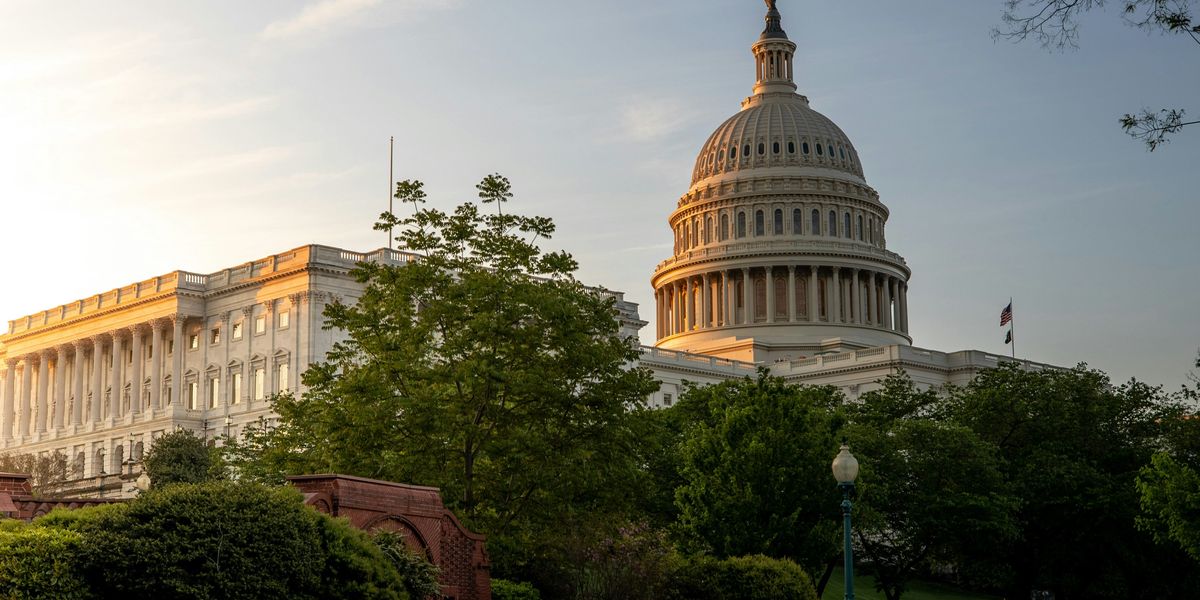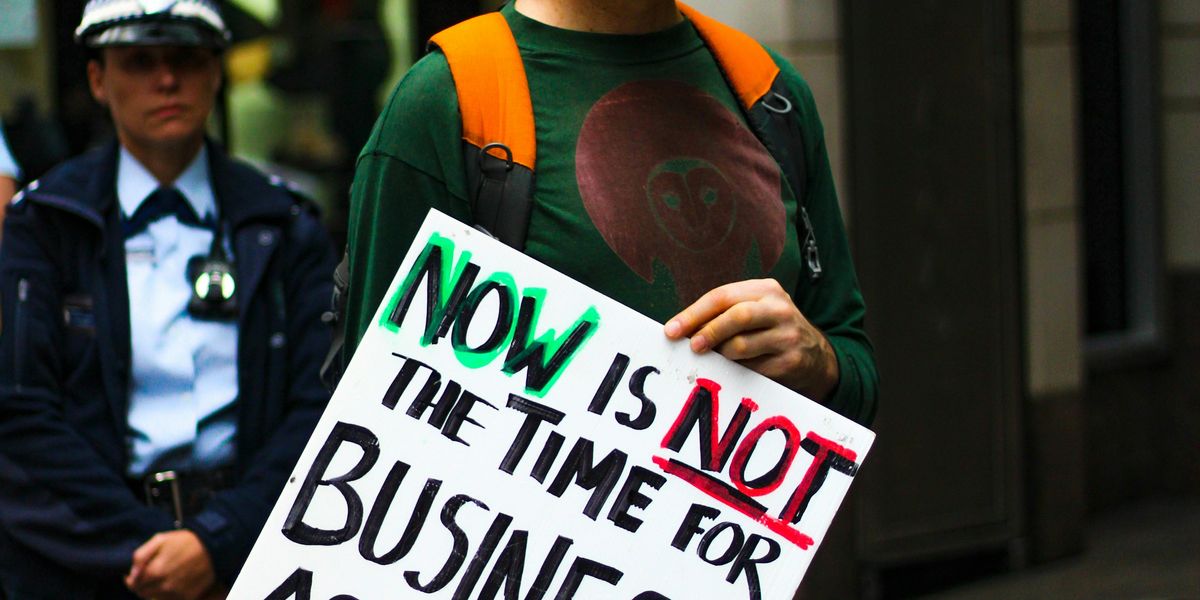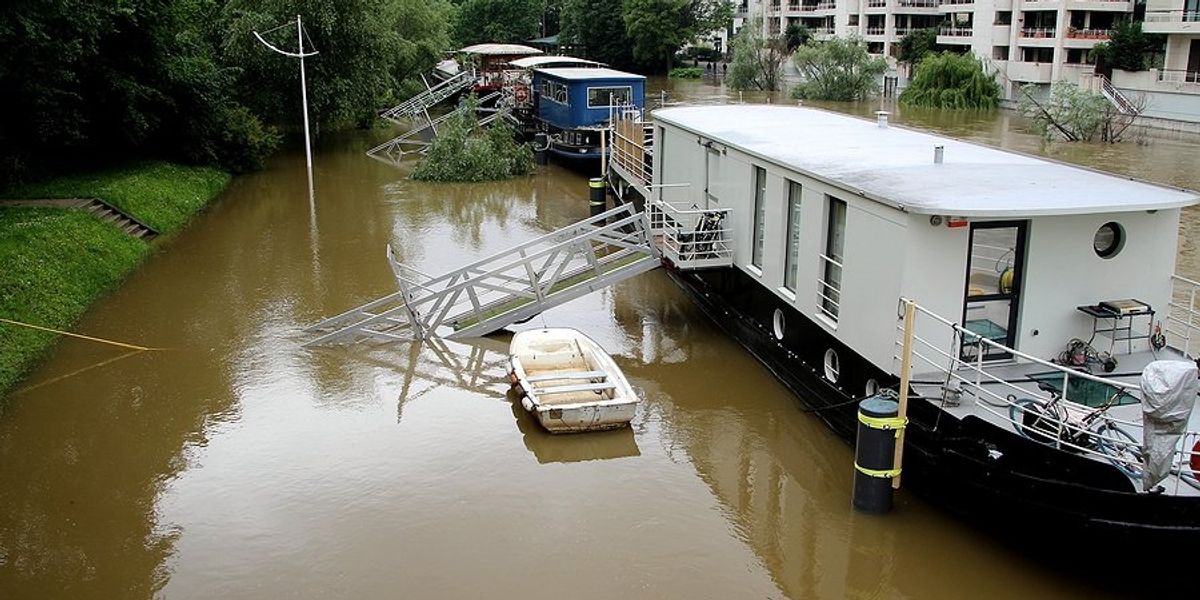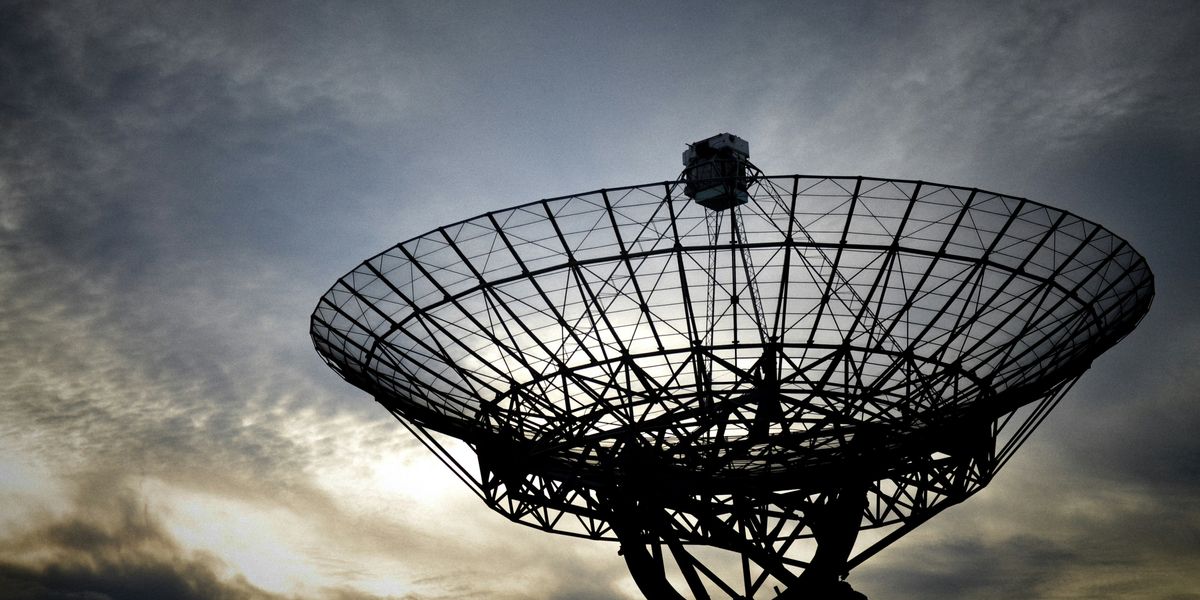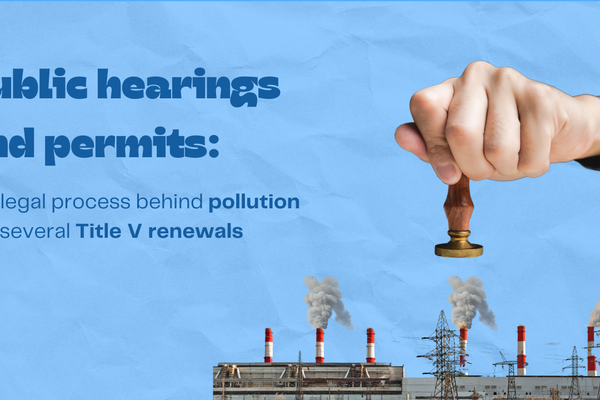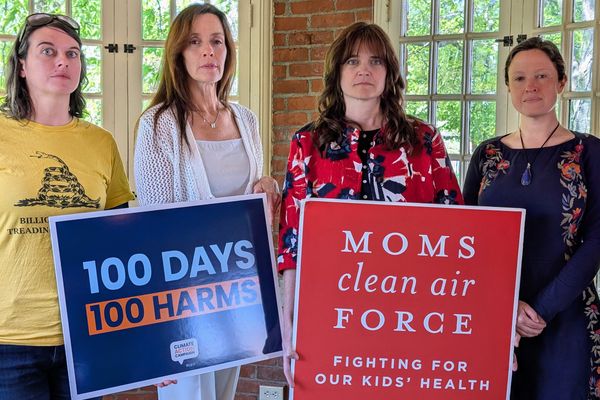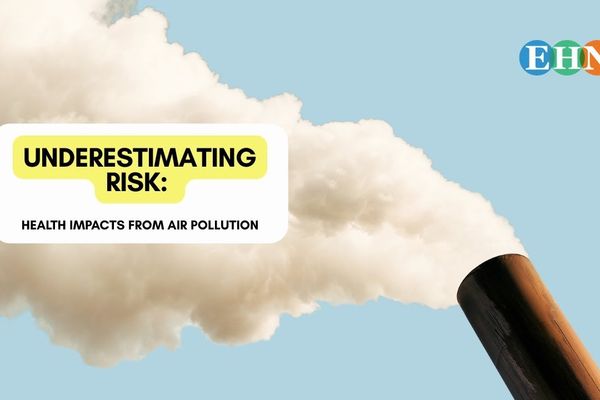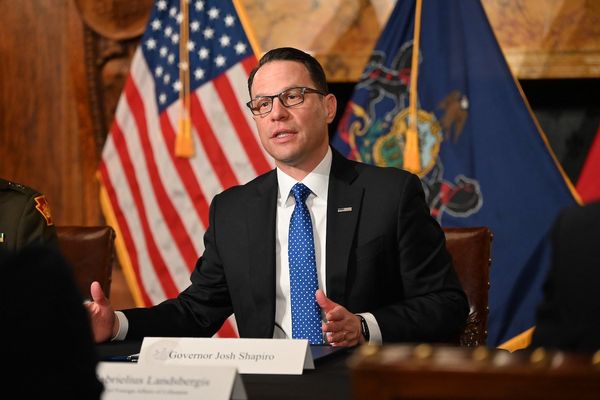
Pollution is one of the top drivers of biodiversity loss. Why is no one talking about it at COP16?
“Chemicals are really at the center of this triple planetary crisis of pollution, biodiversity and climate change.”
At the meeting, 196 countries will transform the goals of the 2022 Kunming-Montreal agreement, signed during the last biodiversity summit, into concrete actions to stop the main drivers of biodiversity loss.
To read a version of this story in Spanish click here. Haz clic aquí para leer este reportaje en español.
However, researchers and advocates have denounced the lack of planned conversation surrounding one of the main drivers of species vulnerabilities, which the UN itself recognizes: chemical pollution.
While the Kunming-Montreal agreement sets out to reduce pollution risks and negative impacts by at least half by 2030, theofficial agenda of the current COP16 meeting doesn’t include a single debate on chemical pollution, and there’s onlyone side event addressing pollution and biodiversity links.
Marine plastic pollution – which has increased tenfold since 1980 – has already affected at least 267 species, “including 86% of marine turtles, 44% of seabirds and 43% of marine mammals,” the Intergovernmental Science-Policy Platform on Biodiversity and Ecosystem Services (IPBES) reported in 2020. Other sources of pollution, like untreated urban and rural waste, pollutants from industrial, mining and agricultural activities, oil spills and toxic dumping, have also had “strong negative effects” on soil, water and air, the researchers wrote.
The lack of programming about chemical pollution could be explained by the difficulty of linking specific pollutants to declines in biodiversity, insufficient data on chemicals and industry pressures, multiple researchers told EHN. The absence of an international scientific body that evaluates available evidence, like the IPCC does for climate change or IPBES for biodiversity, has created a fragmented research landscape for chemical pollution.
All of this has made it hard for policymakers to fully understand the scope of the problem and create policies aimed at addressing it, Gabriel Sigmund, an assistant professor at Wachenen University in the Netherlands, told EHN.
Pollution and biodiversity: an fragmented field
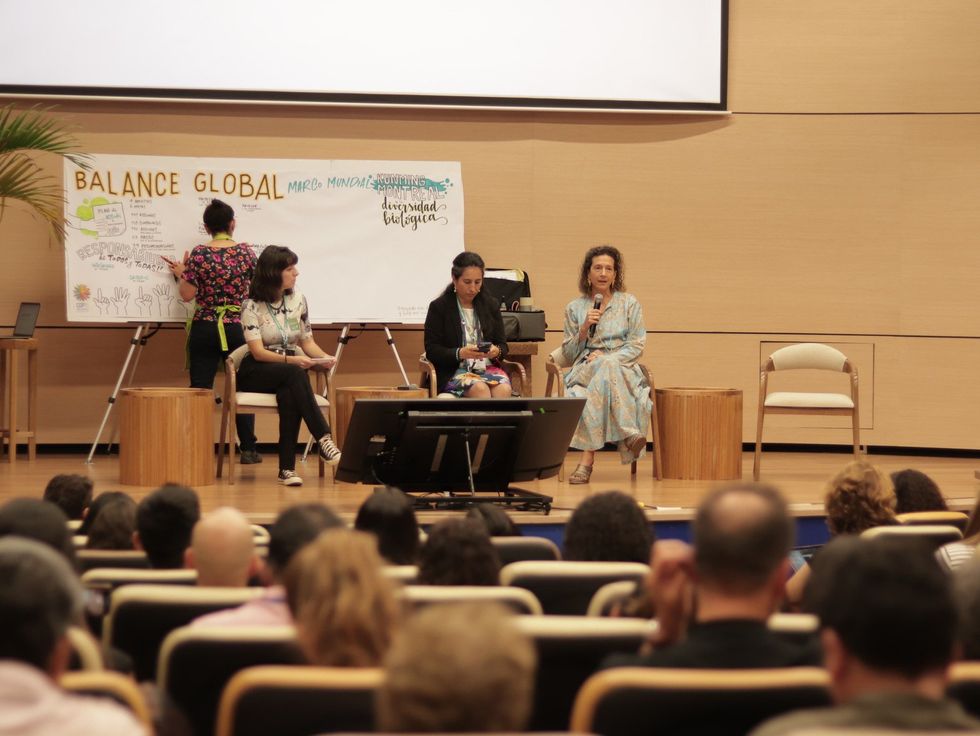
While the Kunming-Montreal agreement sets out to reduce pollution risks and negative impacts by at least half by 2030, the official agenda of the current COP16 meeting doesn’t include a single debate on chemical pollution.
Credit: UN Biodiversity
It is estimated that around 25% of all animal and plant species are currently threatened, with one million species already on their way to extinction, the IPBES report found. The biggest drivers are climate change and habitat reduction, but pollution was also identified as one of the five main threats in the report.
Chemical pollution is a constant stressor, Sigmund said. Adapting to chemical exposure might leave organisms unable to adapt to other environmental changes, like higher temperatures or a different water pH, which are both consequences of the climate crisis. Additionally, those climate-fueled environmental changes can alter the toxicity of chemicals.
“Chemicals are really at the center of this triple planetary crisis of pollution, biodiversity and climate change,” Therese Karlsson, science and technical advisor for the non-profit advocacy group International Pollutants Elimination Network (IPEN), told EHN.
However, “while we do have an understanding that the influence is there, to pinpoint which specific pollutants are linked to specific declines in biodiversity has been difficult,” Ksenia Groh, a researcher at the Swiss Federal Institute of Aquatic Science and Technology, told EHN. “There are a lot of effects happening which we do not yet fully understand.”
From agriculture to cosmetics,it is estimated that industries produce and use more than 350,000 artificial chemicals, with around 13,000 used in plastics,according to the UN. But there is little to no evidence of their potential impacts on the environment, Sigmund said. In fact, “less than 1% — 128 of 13,000 chemicals — of the chemicals used in plastics are currently regulated under existing international multilateral environmental agreements,”according to IPEN. To add a layer of complexity, there’s no inventory on where, when and how much of these chemicals are released in different ecosystems.
“There are a lot of effects happening which we do not yet fully understand.” - Ksenia Groh, Swiss Federal Institute of Aquatic Science and Technology
So, while climate change researchers have specific variables — such as temperature increase in an environment — this mixture of pollutants and the lack of information on where they are and their potential harms create a messy landscape for researchers. And “for those that we know that do cause harm, the effects can have many, many different faces, so to speak,” Sigmund added.
The few links between pollution and biodiversity loss are usually published in a “notably low number of scientific journals” specialized in ecotoxicology, where papers about biodiversity loss are rarely found, researchers found ina paper analyzing the absence of chemical pollution research in biodiversity conservation. As a result, chemical pollution research is siloed and isolated, which “stands in marked contrast to the publication patterns for climate change, habitat loss and invasive species,” the authors wrote in the paper, which was published in Nature Ecology and Evolution.
The science-policy dialogue on chemical pollution faces similar issues, the researchers added. There is no universally acknowledged authoritative scientific body on chemicals, and international efforts are fragmented into several international conventions: Basel, which regulates the movement and disposal of hazardous wastes; Rotterdam, which promotes cooperation in the international trade of hazardous chemicals; Stockholm, which aims protect human health and the environment from the effects of persistent organic pollutants; and the Minamata Convention, which regulates the mercury trade.
“Ambitious but not realistic”
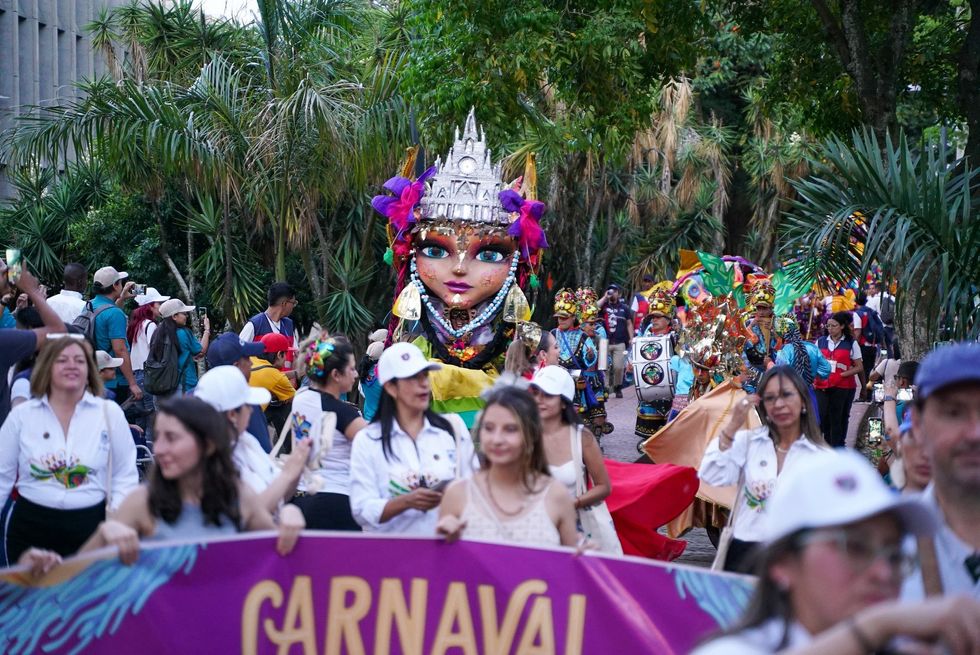
Opening ceremonies at COP16 in Cali, Colombia.
Credit: UN Biodiversity
Since specific chemical offenders often can’t be pinpointed, regulation is hard, Groh said. She and some of her colleagues believe that's what happened when world leaders drafted the first version of the 2022 Kunming-Montreal agreement, which only addresses chemical pollution’s impacts on biodiversity in one out of 23 targets (target number seven), and only mentions pesticides, fertilizers and plastics.
The omission of other well-known hazardous chemicals, like per- and poly-fluoroalkyl substances, also known as PFAS or “forever chemicals,” heavy metals like lead or mercury, and endocrine-disrupting chemicals (EDCs) such as bisphenol A (BPA) and phthalates, worried several researchers in the chemical pollution field, Sigmund said. There’s evidence linking these chemicals to an array of health problems in humans and other species, including hormonal imbalances, impaired reproduction, birth defects, cardiovascular and renal effects, and neurotoxicity, among others.
So these researchers publishedcommentaries andpolicy briefs calling for a modified target seven that explicitly mentions these chemicals, and then had conversations with countries’ representatives and policymakers, said Sigmund, who’s also a board member of the International Panel on Chemical Pollution (IPCP).
During those conversations — which the IPCP was part of — researchers and advocates realized policymakers had a hard time thinking of effective policies to propose, Sigmund said.
“To create policies is complicated by itself. But if the problem that you need to address is intricate and complex, it’s much more difficult,” he added. In the background, petrochemical and other industries pushed against mentioning specific pollutants, he explained.
In the end, researchers and advocates achieved a partial victory: thefinal version of target seven mentions excess nutrients, pesticides, and “highly hazardous chemicals,” which opens the door to including PFAS, EDCs, heavy metals and emerging pollutants in policies. However, some researchers, like Groh, see the phrasing as deficient.
“This term, ‘highly hazardous chemicals’, creates one huge loophole of doing nothing about it. There was no legal definition of [a] ‘highly hazardous [chemical’ provided in the text]. Therefore, it is not clear what is being meant by this, and since this is not clear what is being meant, every country can interpret it differently, or not interpret it at all,” she explained.
She also noted the ambitious nature of target seven – to halve excess nutrients lost to the environment and the overall risk from pesticides and highly hazardous chemicals by 2030.
“What does it mean to reduce the risk by half, you know? Like, do, they say, aim to reduce production? Or reduce use of pesticides by half?” she asked. “It sounds good. But in my opinion, these targets are also absolutely unrealistic [to achieve by 2030]. And nobody actually has a problem with setting the target and then missing it.”
Now that countries are deciding on actions to achieve the lofty goals, researchers and advocatesare proposingthey follow policy recommendations like setting up transparent data inventories about production, transport and emissions, grouping similar chemicals when designing policy, reducing the use of chemicals with non-essential uses, developing less hazardous chemicals from the get-go and considering the full life cycle of chemicals when regulating them, among others.
“I’m agnostic. My gut feeling is that chemical pollution will not take center stage, but we have to have hope,” Sigmund said about COP16.
His hopes are focused on the creation of an intergovernmental science-policy panel on chemicals, waste, and pollution prevention, which will assess existing research, just as the Intergovernmental Panel on Climate Change does with climate change research. Such an effort, researchers anticipate, would finally put chemicals at the same level as the other two planetary crises. However, during the last round of conversations to create the panel,it is suspected that private conversations between Russia, Saudi Arabia and the U.S. blocked a final decision. The effort is alive but on hold.
“The triple planetary crises are all interconnected. The climate crisis would not be possible without industrial chemicals, or at least it would not have the dimension it has without industrial chemicals,” Sigmund said. “And the same holds true for the biodiversity crisis.”

